 The dawn of a new era? We'll find out on November 26.
The dawn of a new era? We'll find out on November 26. Part 1. The Six Special Municipalities
Part 2. North and Central Taiwan
Part 3. The South, East, and Offshore Islands
Part 4. Concluding Thoughts
I've been sporadically adding news updates and polling results to those pages, but I thought it'd be worth taking a more holistic view now that we're a month away, and raise a few questions to keep an eye on the last month of the campaign.
First, the big takeaway: this is looking more and more like a bad election cycle for the DPP.
Here's my updated ratings for each race as of October 29:
- Safe KMT (1): Hsinchu County, Lienchiang*
- Likely KMT (6): New Taipei, Taichung; Nantou, Chiayi City, Hualien, Taitung
- Leans KMT (6): Taipei, Taoyuan; Keelung, Yilan, Changhua, Yunlin
- Toss-up (4): Hsinchu City, Miaoli*, Penghu*, Kinmen*
- Leans DPP (0):
- Likely DPP (1): Pingtung
- Safe DPP (3): Tainan, Kaohsiung, Chiayi County
What's Going on in the Special Municipalities?
In the highest profile races in the special municipality, DPP candidates are down at least 10 points (and probably 20) in both New Taipei (Lin Chia-lung) and Taichung (Tsai Chi-chang). I've been especially surprised by how well incumbent mayor Lu Shiow-yen in Taichung is polling. I figured she would struggle a bit but instead recent polling shows her to be leading by 20 points, and she is in high demand to campaign for other KMT candidates down ballot. It would take something truly extraordinary to shake this race up now.
In Taoyuan, the candidate switcheroo and split has left the party's official nominee, Cheng Yun-peng, trailing the KMT's Simon Chang in most polls too.
Taipei is the marquee race of this cycle, with three high-profile candidates and saturation coverage of the campaign. It's close, but even there polls keep showing Chiang Wan-an with an edge over the DPP's Chen Shih-chung and independent candidate Huang Shan-shan. Chiang appears to have consolidated 85% of the pan-blue vote behind him, while Chen is at only 70% of the pan-green vote. Huang Shan-shan is pulling as much support from green-leaning as blue-leaning voters, and that may be enough to give Chiang the win. Chen's efforts to nationalize the race and make it about cross-Strait relations or China do not seem to be having much effect so far.
Is the DPP Really Struggling This Badly?
Given recent polling, one can easily imagine the DPP only winning four local executive races. (Keep in mind they currently hold seven, and that's after the disastrous 2018 election cycle.) There's still time for public opinion to shift, but right now the DPP looks like it's in danger of losing all four of the competitive special municipality races. The party's candidates are also struggling elsewhere in places where they have very winnable races, in Yilan, Keelung, and Hsinchu. And they don't seem to be primed for an upset anywhere else; the KMT's incumbents in Chiayi City, Changhua, Yunlin, Taitung and Hualien are all polling well ahead of their challengers. The DPP's best chance at an unexpected pickup might be Penghu, where there are now two KMT members (one the mayor of the largest city, the other the incumbent) in the race. Then there's the crazy colorful Miaoli race, which Donovan Courtney Smith has described in great detail. The DPP might have a chance there in what's normally one of the bluest counties in Taiwan...except the NPP is also running a candidate and threatening to split the anti-KMT vote. So far the DPP just can't catch a break this cycle.
Is Tsai Ing-wen in Trouble?
Put it all together and it looks like Tsai Ing-wen's grip on the party chair might be in trouble again. If we take into account the DPP's large national polling lead, the partisan lean of the counties, and the fact that incumbents are hard to beat, the party's candidates should be competitive at least in Taipei and Taoyuan (both open seat contests), Keelung (open seat) and Yilan (wounded KMT incumbent), Hsinchu City (open seat), and perhaps Changhua, Yunlin, and Chiayi City (all green-leaning counties). If the party can't win any of those races, that's a really bad performance, and there will be a lot of pressure on Tsai to resign as party leader to take responsibility. She's been directly involved in picking the nominees for these races, and she can't easily deflect blame if they fail everywhere.
Is the KMT Actually Primed for a Comeback...Again?
On the flip side, KMT party chairman Eric Chu may end up a big winner here after all. He said back in August that his goal was to win four of the six special municipalities; it seemed to me like a stretch at the time, but it looks plausible now. The party has had some nomination screw-ups and splits, most prominently in Taoyuan and Miaoli but also Keelung, Penghu and Kinmen. But even if the KMT loses a couple of these races to independents (or the TPP in Hsinchu City), Chu will still come out looking pretty good if they take four special municipalities. And the KMT might be better-positioned than expected to compete in 2024.
Will Cross-Strait Relations Matter?
Finally, a note about the 20th Party Congress: I thought this week of CCP pageantry and propaganda might affect the race, since it was held in the thick of the election campaigns. But there wasn't a whole lot new on Taiwan coming out of the Congress, and polls aren't showing much of an impact. Tsai Ing-wen's personal approval rating does seem to have gotten a bounce in October--we'll see if that lasts, or more importantly, influences the local contests in the last month. Notably, several DPP candidates including Chen Shih-chung in Taipei have tried to tie their races to cross-Strait issues, without much success so far.
Plagiarism: What Is It?
Definition here.
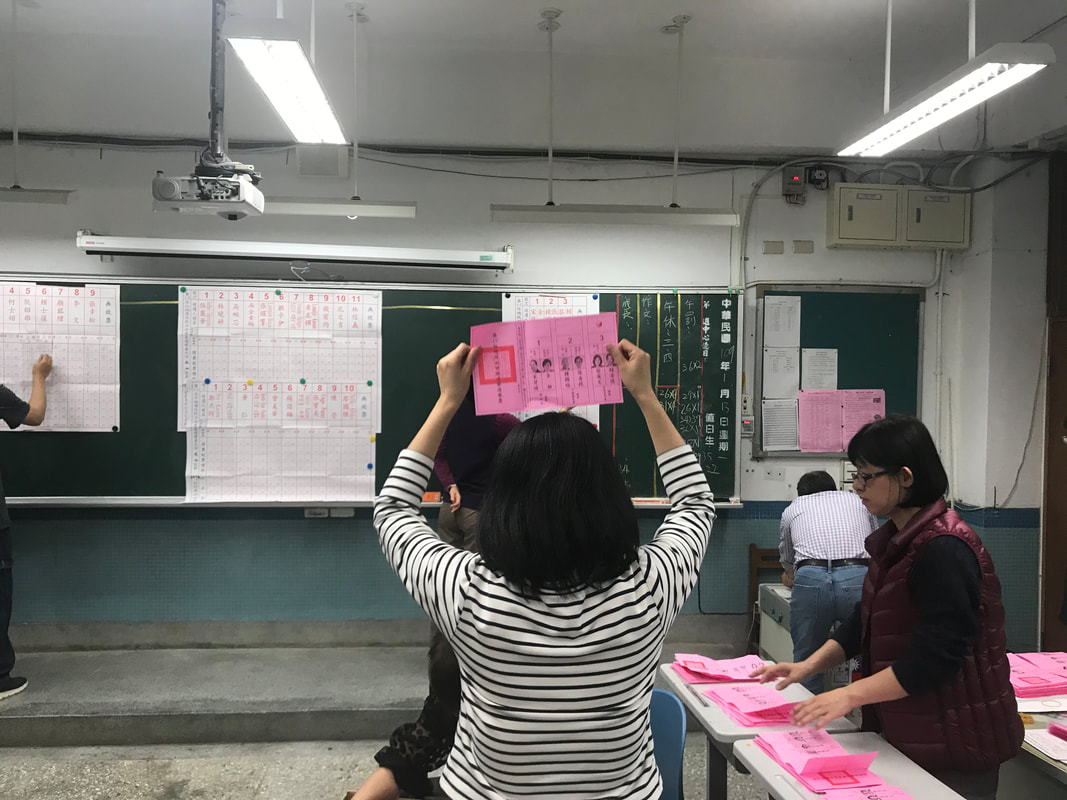
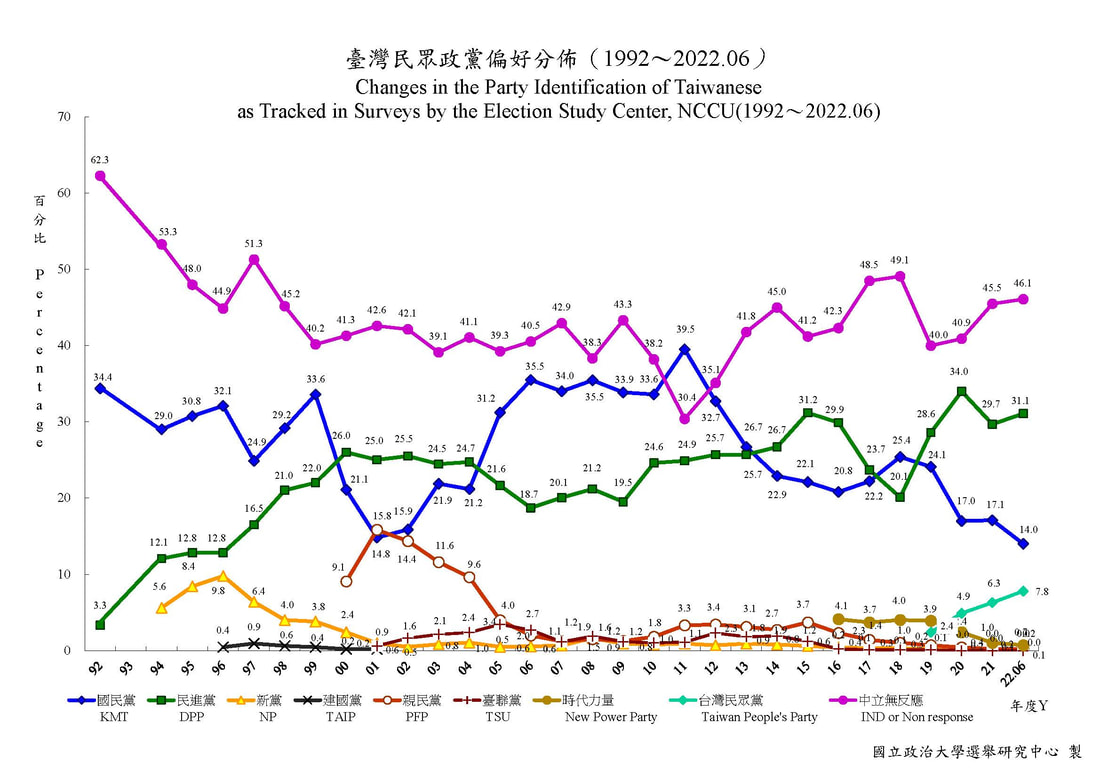
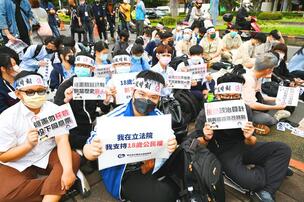
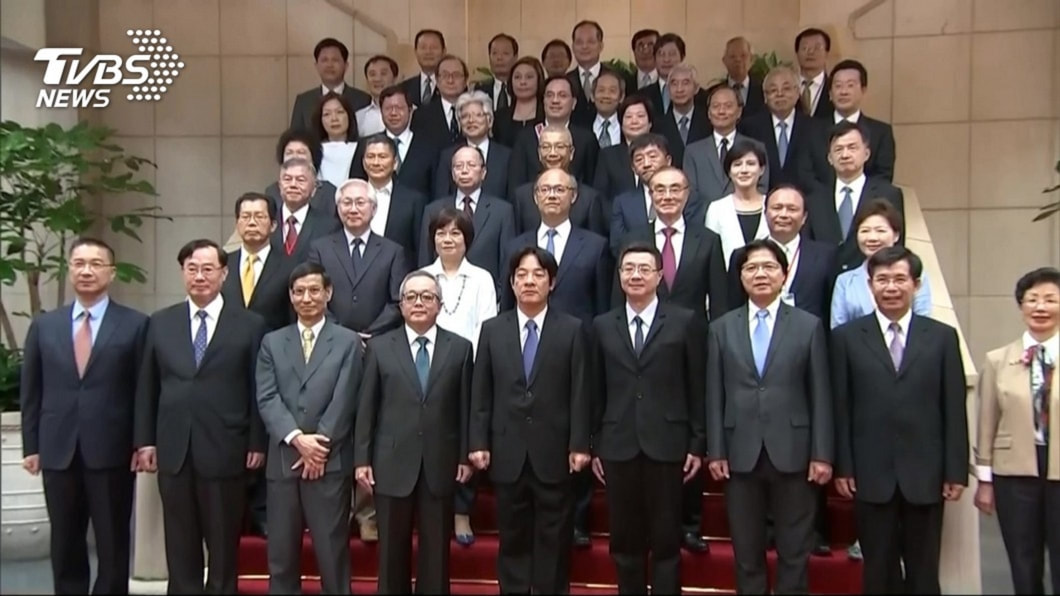
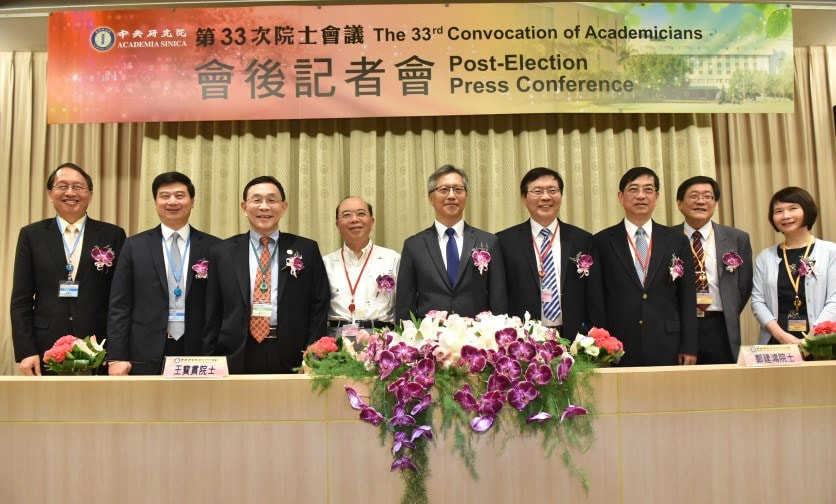

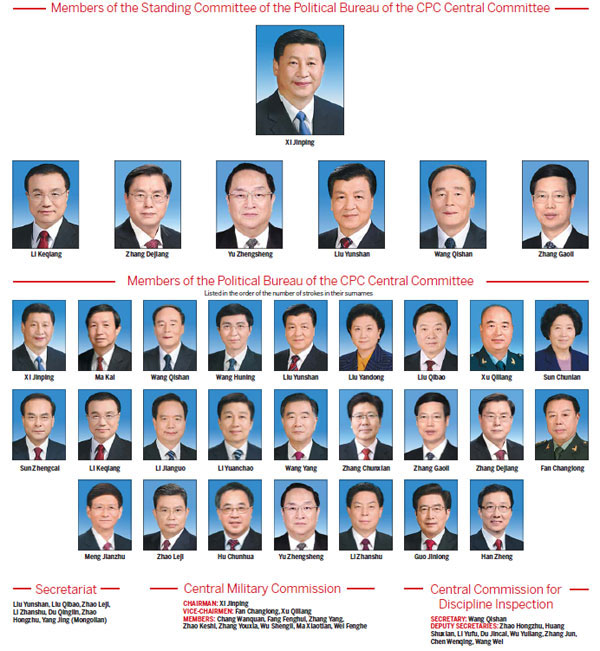

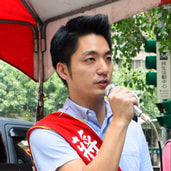

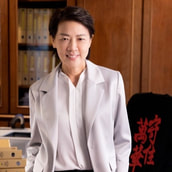
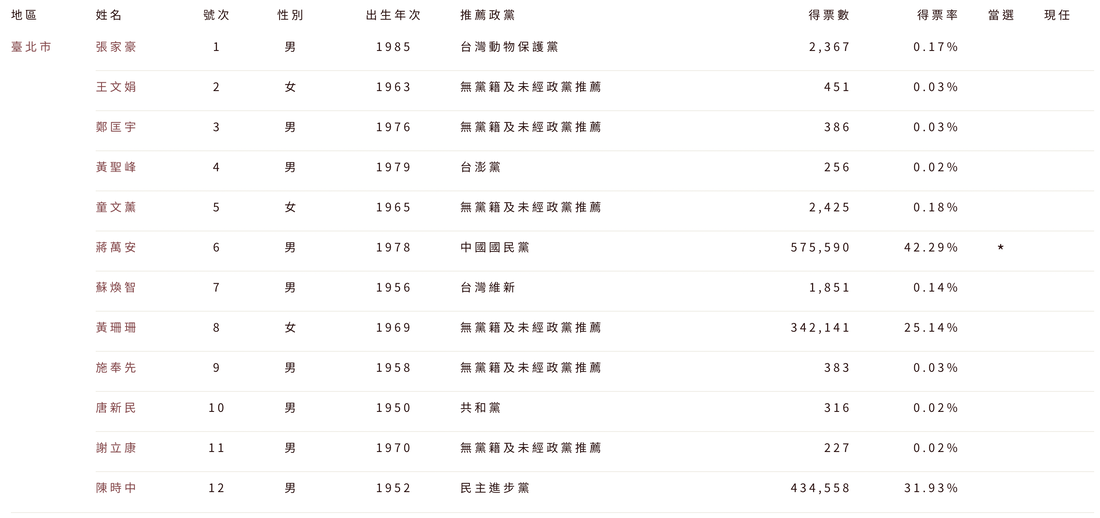
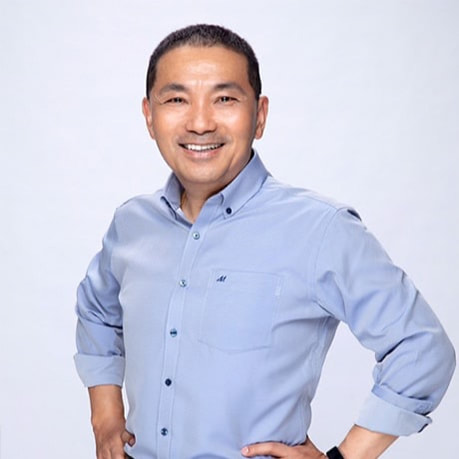
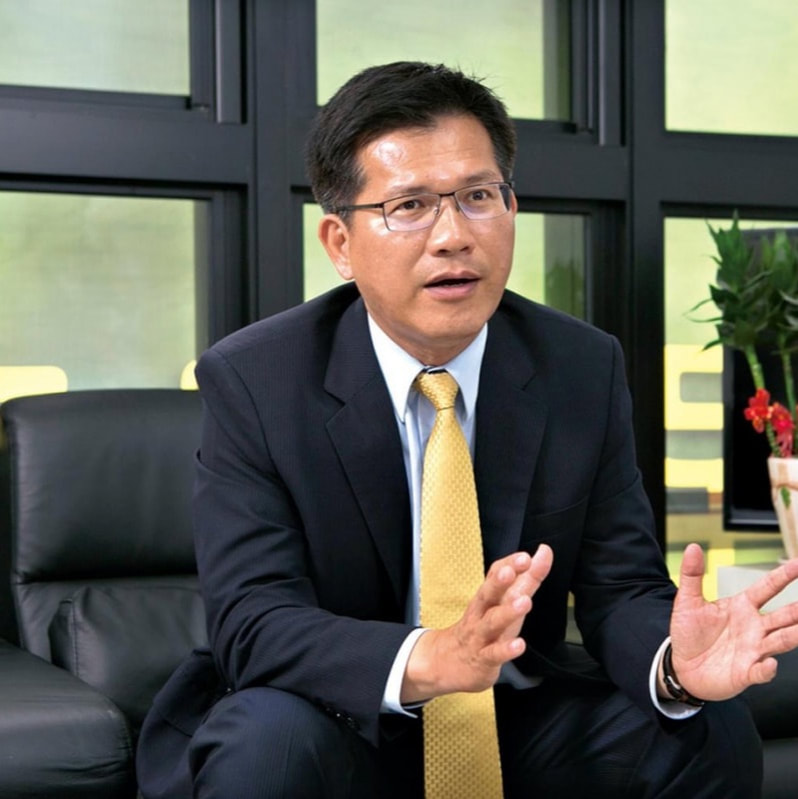


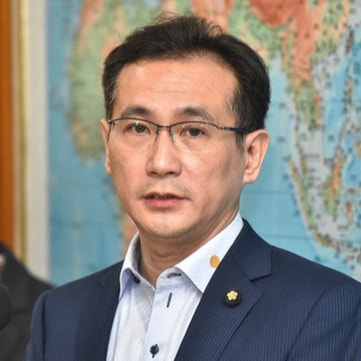
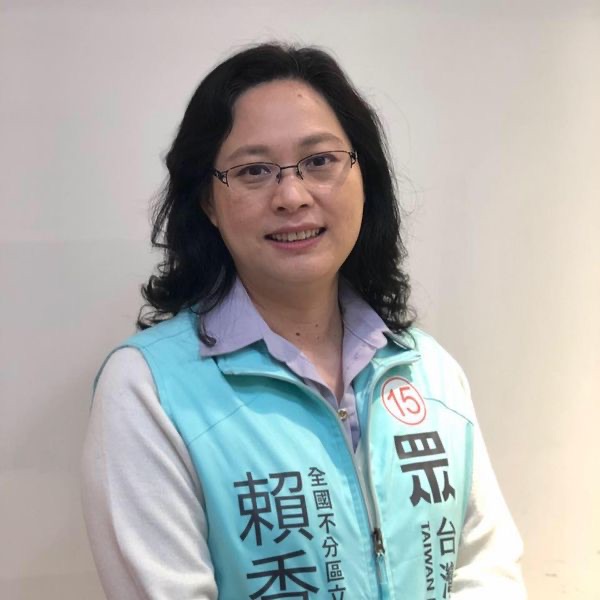


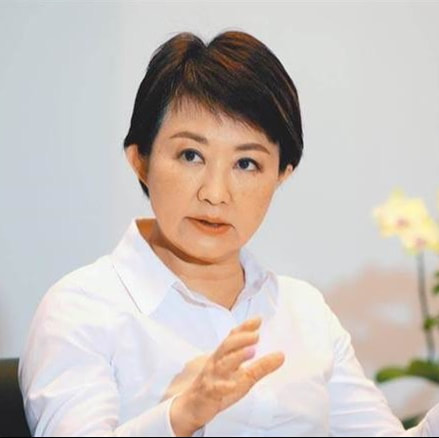


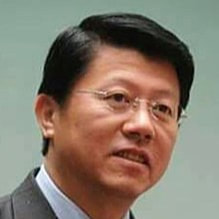



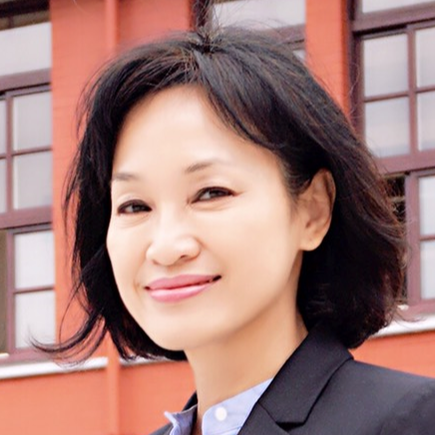
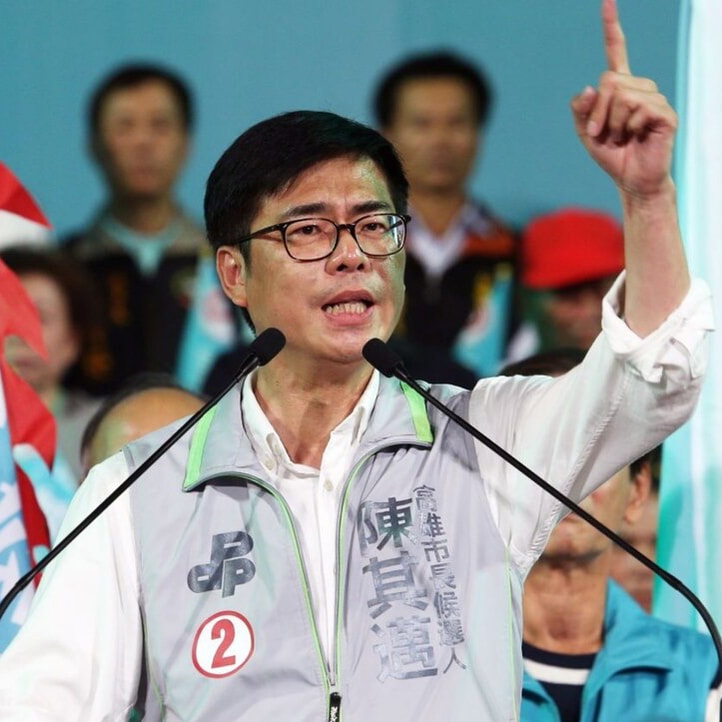

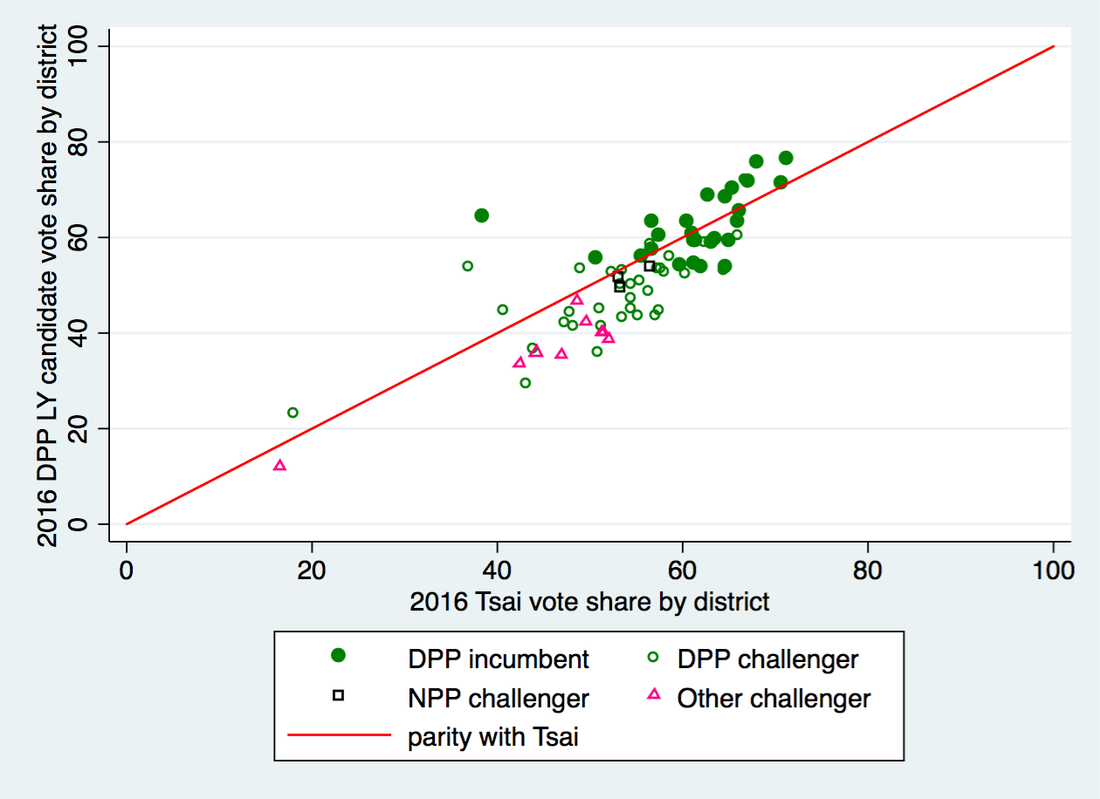
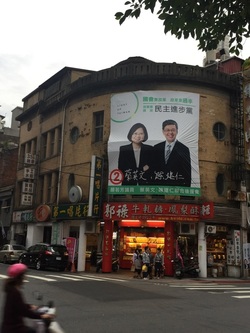
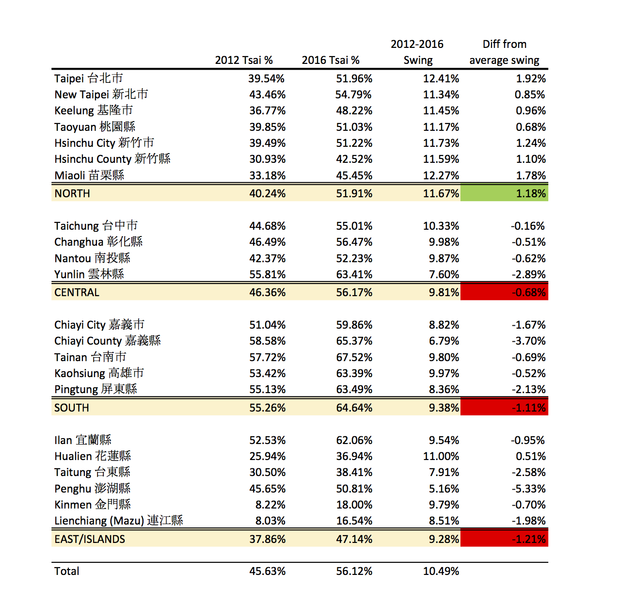
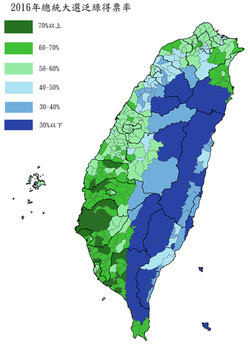

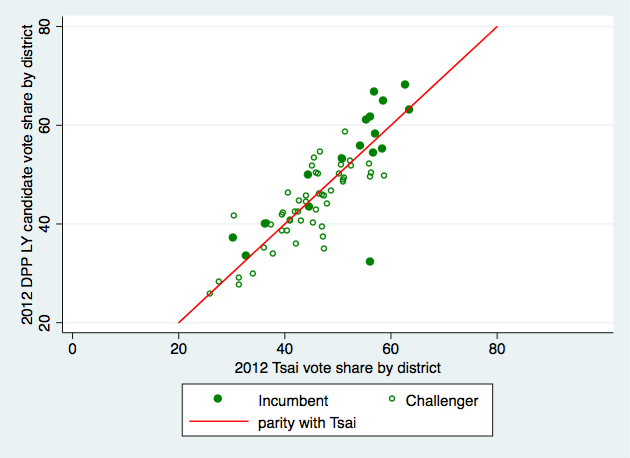
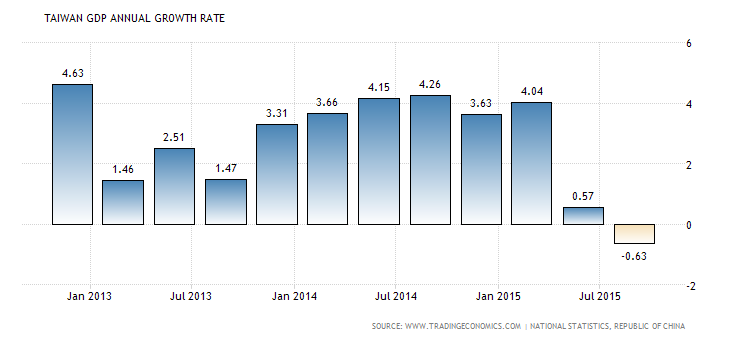

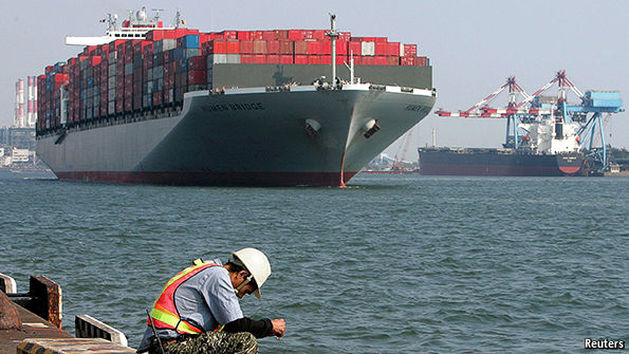
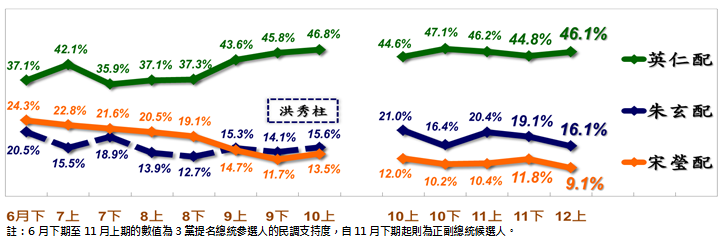
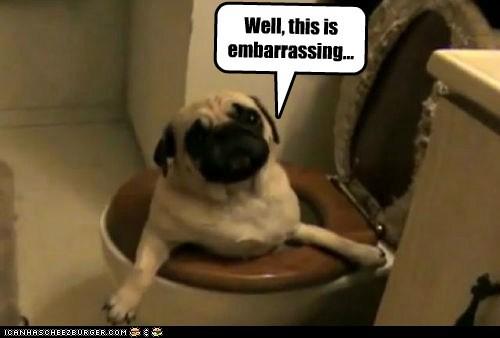
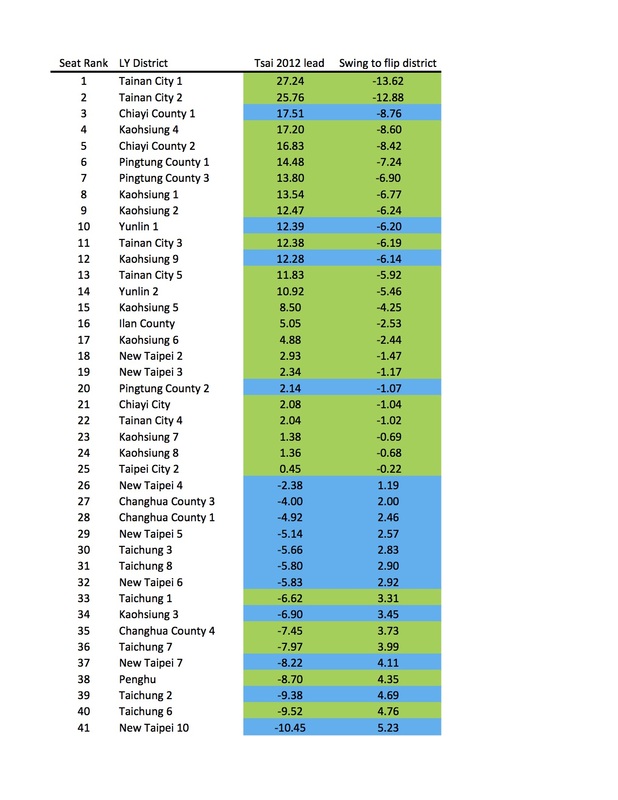
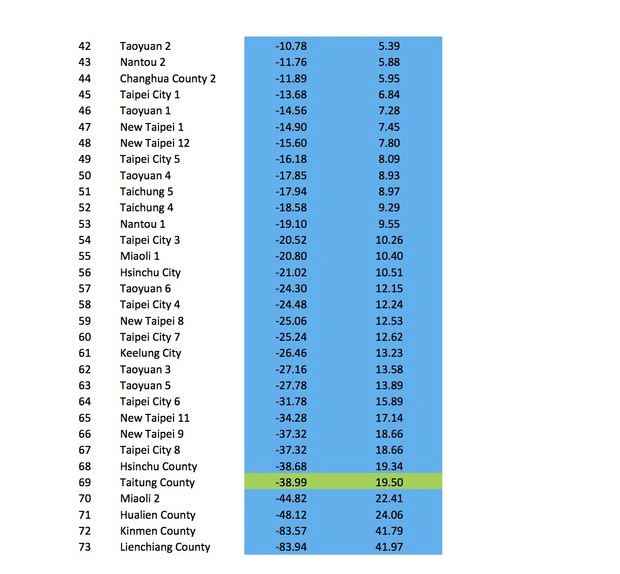
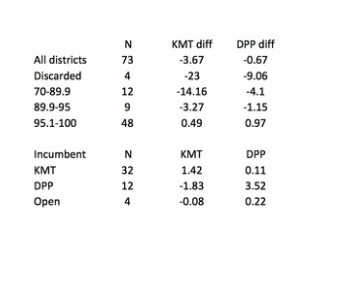
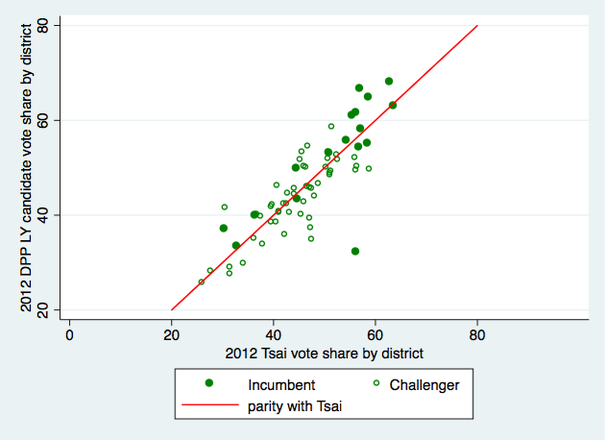
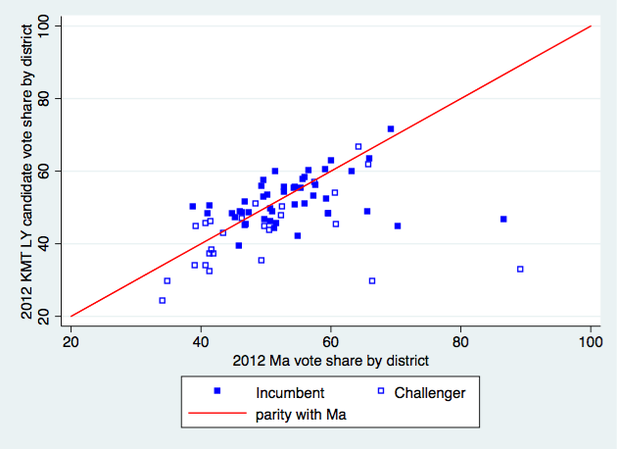
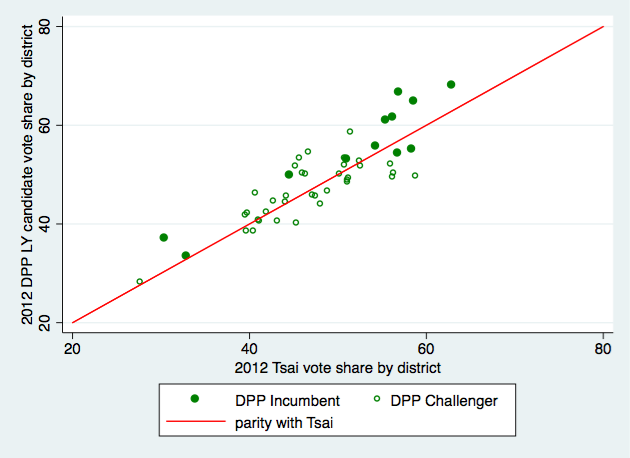
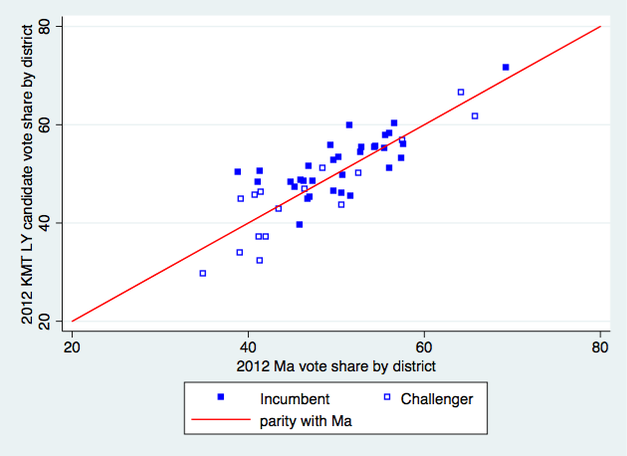
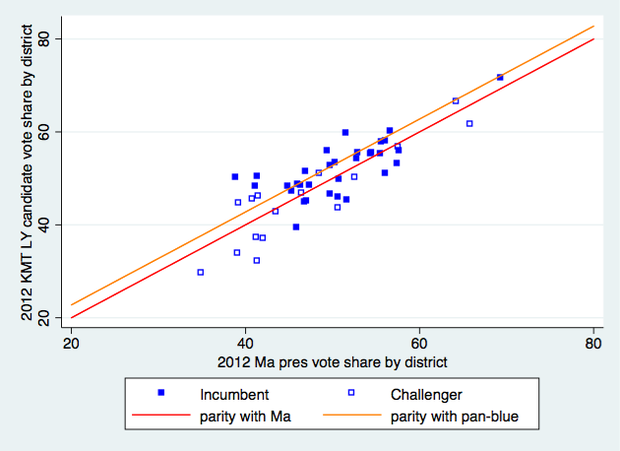
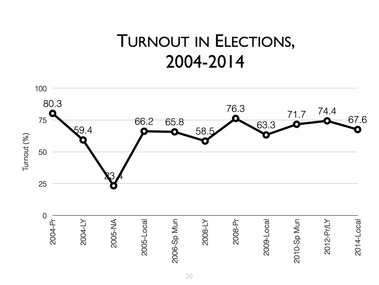
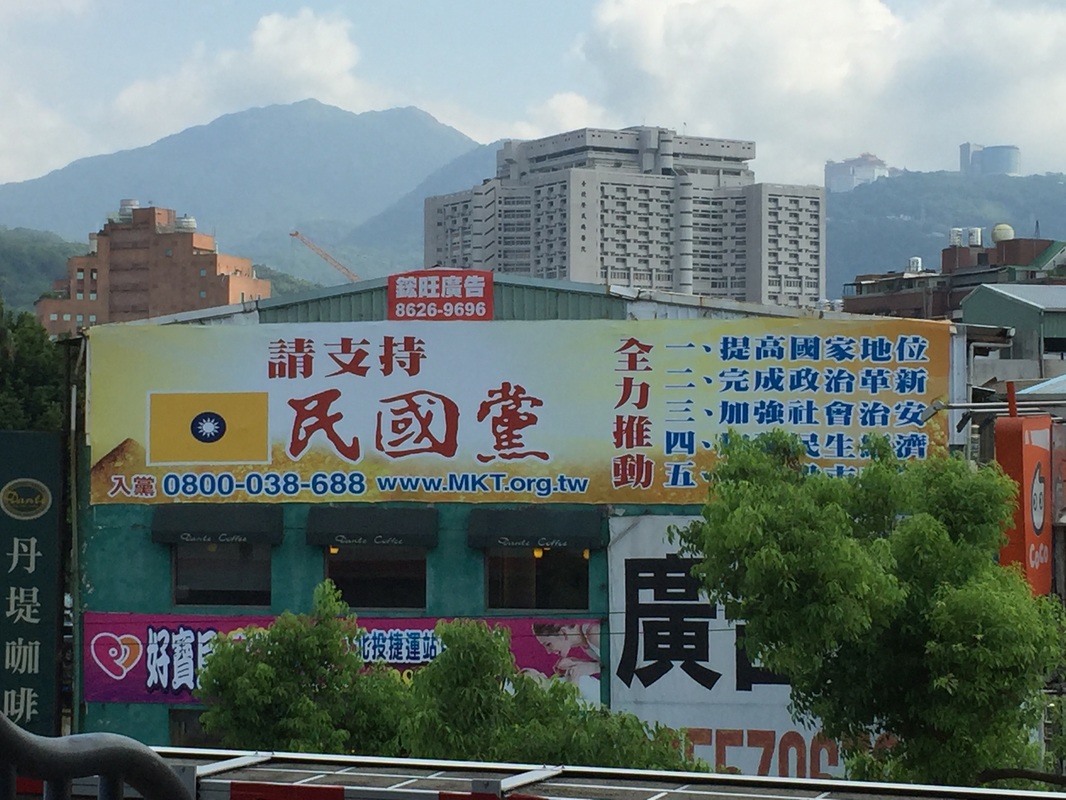




 RSS Feed
RSS Feed
